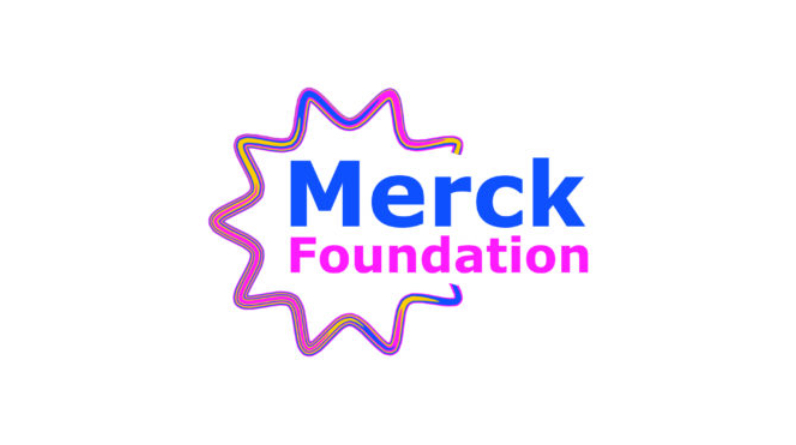By 2030, the World Health Organization (WHO) predicts a global shortage of 10 million health workers, primarily in low and lower-middle income countries.
As you might imagine, the causes of this gap are complex. However, some of the main pillars are as follows: continuing chronic under-investment in education and training of health workers in many countries; a discrepancy between education and employment policies in relation to individual healthcare systems and population needs; difficulties in deploying health workers to remote and underserved areas; increasing international migration of health workers away from low and lo-income countries; and difficulties in deploying health workers to remote and underserved areas.
Projected shortfall figures have not yet accounted for the impact of the pandemic on global healthcare systems, but the WHO predicts that Africa, the Eastern Mediterranean, and the Middle East will bear an increasing share of the burden.
A useful lens through which to examine this complex international problem is through the lens of education.
When faced with significant economic and infrastructure challenges, how can low and lower-middle income countries significantly increase the education and training of their healthcare workers?
In the short term, the solution can be found in countries like the UK that already have a far more developed educational infrastructure, both in terms of conventional classroom teaching methods and modern distance education methods. Given the dire need for education in developing nations, many governments and individuals are turning to distance learning programmes to connect them with teachers and classmates from around the world.
This method is especially important because it keeps these highly sought-after healthcare workers in their home countries, where they can continue their education and provide much-needed services to their communities rather than leaving to pursue training elsewhere and then returning home.
The goal of this new era of online medical education, which is often provided as scholarships, is to ensure that we, as a community, can continue to increase access to high-quality, equitable healthcare solutions for underserved populations by employing a variety of novel and effective delivery models.

Learna, a UK-based online medical learning provider, is one such example; they work with the University of South Wales and the Merck Foundation, the charitable arm of Merck KGaA, a German multinational science and technology company, to provide scholarships to students in Africa.
The Merck Foundation has funded the education of 361 students studying in African countries like Ghana and Zimbabwe through Learna. These students are pursuing Postgraduate Diploma and MSc programmes in fields like Diabetes, Rheumatology, and Preventive Cardiovascular Medicine. There have been over 120 successful medical programme completions among Merck Foundation-supported students at Learna.
In order to focus on the essentials of this tale, we will. When considering this method of study, it is also crucial to consider the implications for the student. In-person medical education is unparalleled, but it typically only exposes students to the culture and norms of medicine in one country. While this is fine for students who intend to work in their country of study after graduation, it may not provide the global perspective that can be gained through an online education for students from other countries.
Also Read :Chinese spy balloon data was a boon for Kremlin spin doctors
This is because many of the online students in developing countries would be healthcare professionals very similar to themselves, who would also be living, working, and studying in developing communities while taking classes from home. They have a deep and genuine mutual understanding of one another’s experiences as citizens and as medical professionals working under difficult conditions. They would have an innate compassion that would guide their education and shape their outcomes. An increased emphasis on learning from one’s peers would be present.
Many people think this is ideal, because it allows students in developing countries to take advantage of the UK’s advanced digital infrastructure for higher education while still remaining at home and learning about their options as a medical professional in their own cultural context.
Where then does the future lie for developing countries to gain access to e-learning platforms in order to train more medical professionals? In most cases, the question is not whether or not e-learning will be a part of health education in developing nations; rather, it is how quickly and extensively it will advance and how it will evolve to meet the needs of countries dealing with often overwhelmingly unique and complex issues.
In my opinion, this can be accomplished through creative global partnerships among e-learning institutions, charitable organisations, and national healthcare systems.
The global shortage of healthcare workers is largely attributable to the widespread lack of education and training in low and lower-middle income countries. However, a concerted effort from all three parties involved could go a long way towards finding effective and affordable solutions to this problem.
A recent HEPI piece by Richard F. Heller, Emeritus Professor at the Universities of Manchester, UK, and Newcastle, Australia, shows support for such an approach. It confirms my own views on the importance of establishing worldwide networks for online education that strengthen us all in the long run, rather than just a select few.
In my opinion, the best way to ensure that healthcare workers are properly trained now and in the future is to adopt a collaborative international approach to online learning that expands educational opportunities around the world.








